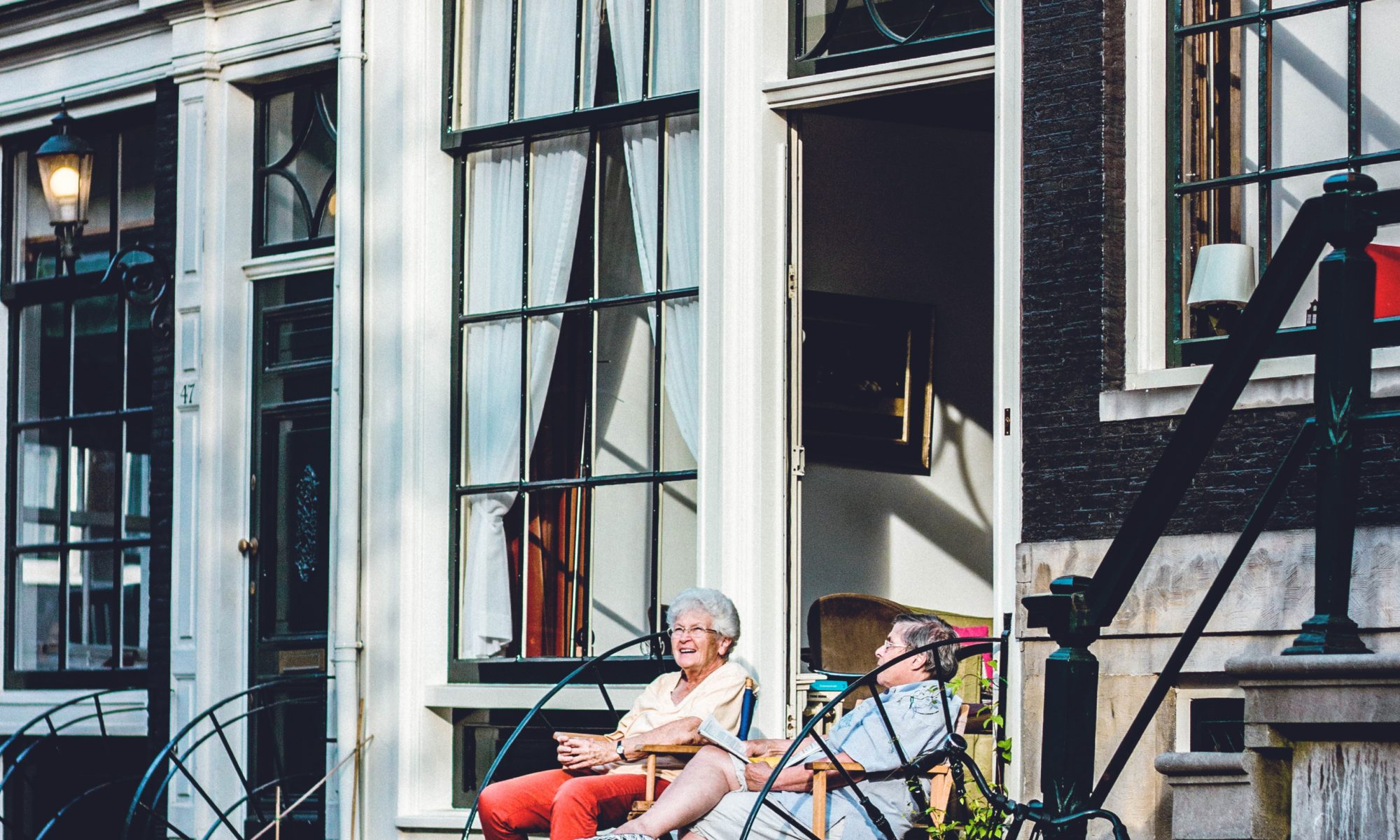After a spouse dies, a senior’s marital home can feel painfully big and empty. And now that she’s left to manage it alone, it’s much harder to keep up with the chores and maintenance. While it’s always difficult to leave a home that’s rich with memories, downsizing to a smaller home can ease a senior’s burden in this new phase of life.
Downsizing after a spouse dies has many advantages. With less square footage, housekeeping chores are kept to a minimum. This is a huge relief to seniors struggling with mobility changes, as once-simple chores can become all-day tasks in old age. With less to clean, seniors can reserve their energy for more pleasurable activities.
A smaller home is also an opportunity to minimize financial burdens. A downsized home isn’t just cheaper to buy, it also offers savings in property taxes, homeowners insurance, and other necessary expenses. That increases financial security and peace of mind in old age.
For seniors who live far from the city center, downsizing is also an opportunity to move closer to the people and services they rely on. A compact home near public transit ensures elderly adults can get to doctor appointments, church services, and other important places after they’re no longer able to drive to. It also puts seniors in closer proximity to the community, so they can find friendship and social support in the absence of their spouse. The importance of social connection in old age can’t be overstated. You can learn more about the value of social relationships for seniors at the American Society on Aging.
Despite the benefits of downsizing, seniors often stay in place due to the work involved in selling a home and moving. As a caregiver, you can provide instrumental support to make the move possible.
Start by gently broaching the conversation. Seniors are understandably hesitant to make major life changes, but you can make moving less intimidating by highlighting the benefits. When keeping house, point out how a smaller space would be easier to clean. If homeownership expenses are causing financial stress, crunch numbers together to show how a smaller home could save money, and how selling her current home could bring in much-needed cash for other expenses. The best downsizing experiences are those where the senior is a ready and willing participant.
Caregivers can also help identify a senior’s housing needs. Collaborate on a list of must-have features for a new home, like a stair-free entry, single-story living, and ample lighting. Identify the home features that give your loved one the most trouble and seek housing that eliminates them. You can find guidance on aging-friendly housing at Architectural Digest.
Finally, caregivers and loved ones can provide essential help preparing for the move itself. After years of living in a home, seniors tend to own a lot of excess. Before relocation, help your loved one sort through belongings and decide what to keep, sell, donate, or discard. The less there is to move to a new home, the easier the move will be. However, decluttering a lifetime of belongings is emotionally tiring, especially if the senior is still grieving. Allow plenty of time for the downsizing process so you can take it slowly and minimize the emotional impact. If your loved one is having an especially difficult time getting rid of belongings, rent a storage space to move her excess stuff to for the time being. You won’t have to move as much to the new home, and you both can revisit sorting through the items at a time when she’s feeling more ready.
A move to a smaller home can be a move toward better health and happiness in old age. But for a senior mourning the death of a spouse, it may feel like a move away from memories. As a caregiver, it’s important to remain sensitive to the difficulty of this transition and to guide your loved one with as much patience and understanding as possible.
Guest article provided by Michael Longsdon from Elderfreedom.net (2018Nov14).

